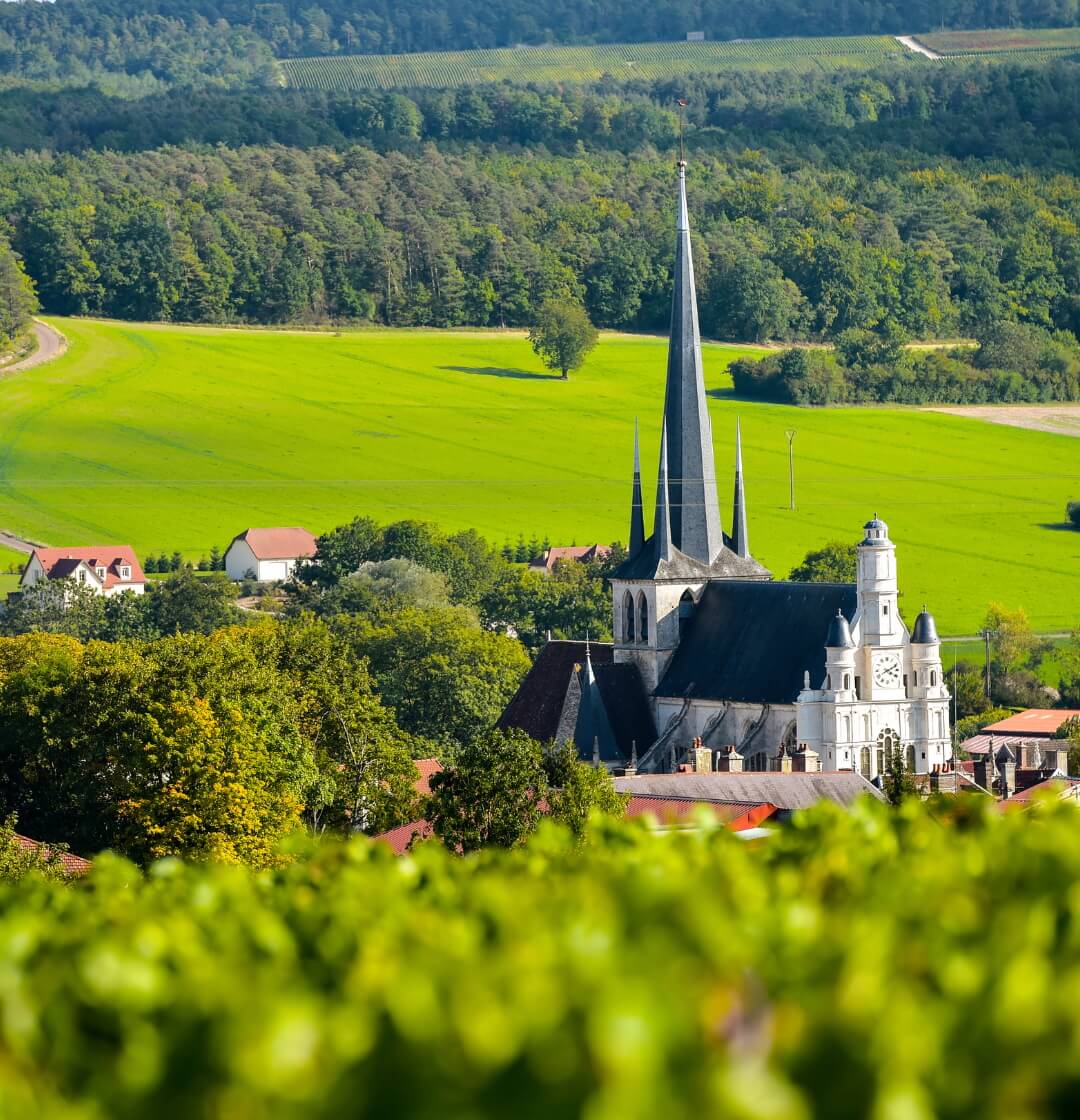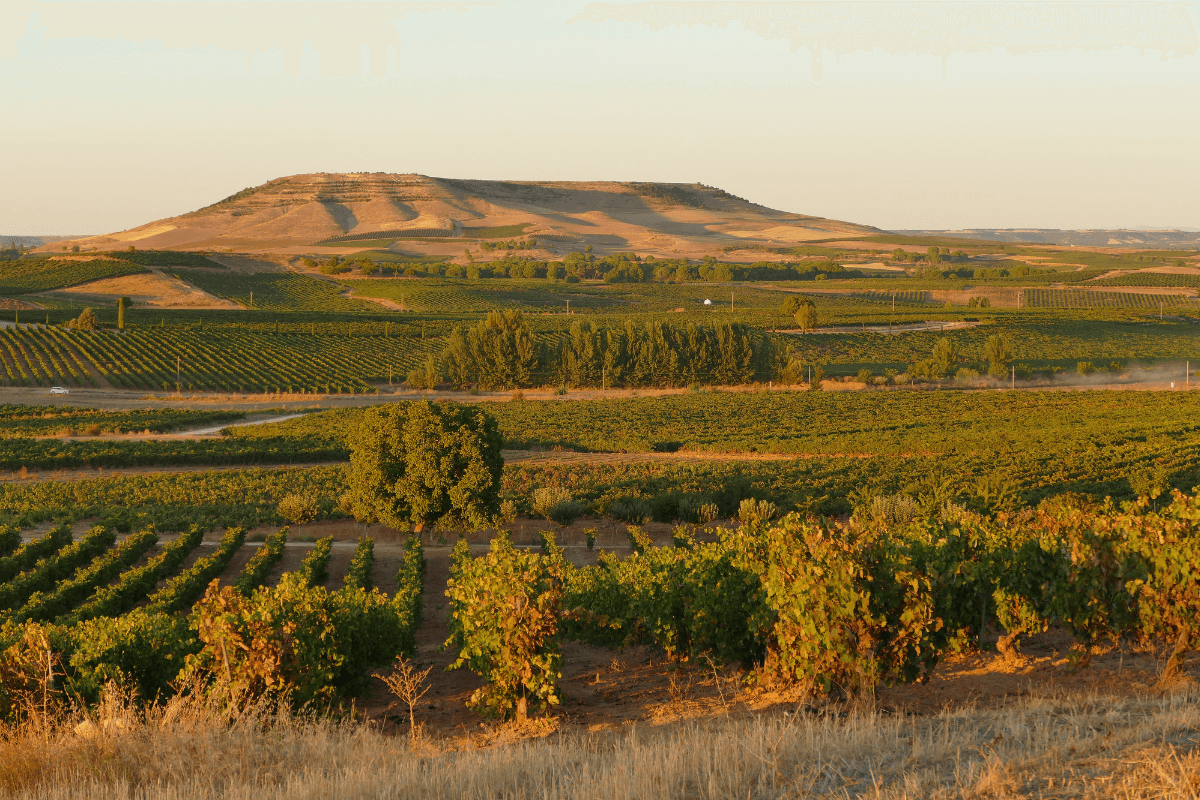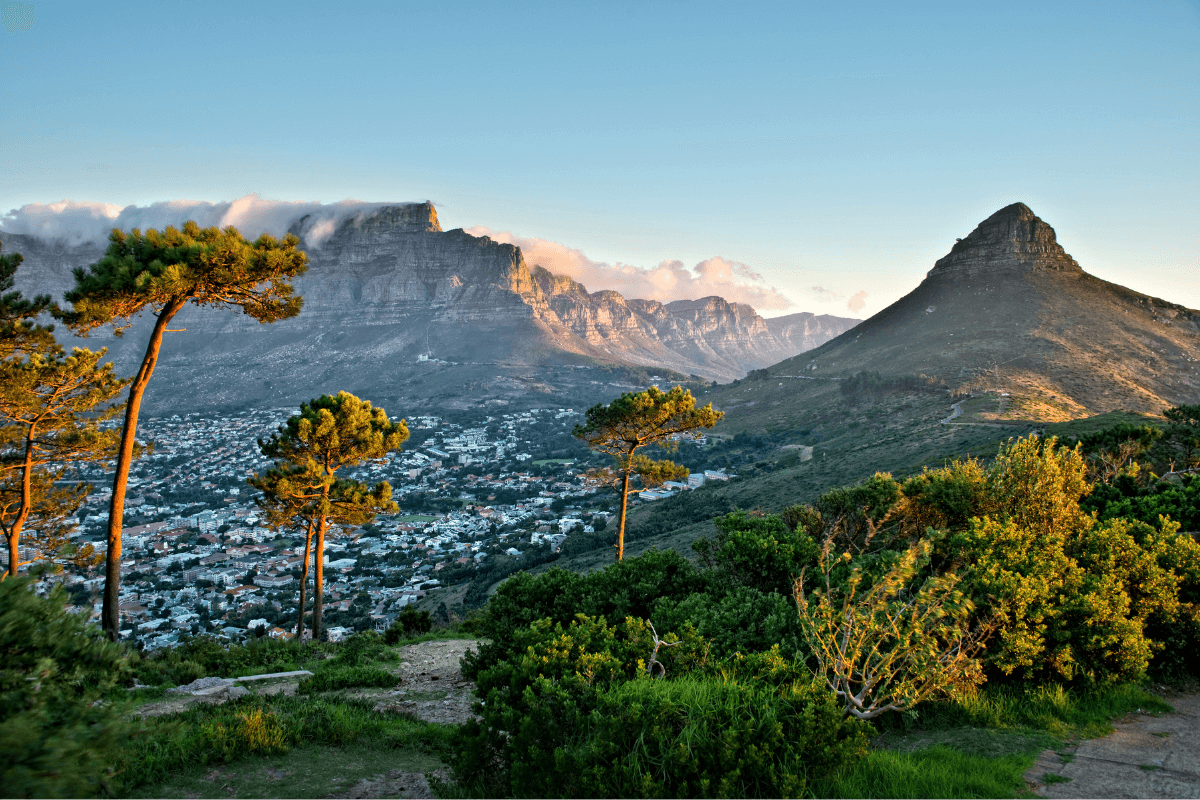
Grower Champagnes are an antidote to the standardization of those big brands, blended from grapes across all the Champagne area to create a consistent style year in, year out. Consistency helps consumers feel confident – and helps Champagne houses build their business.
But there’s a much more interesting side to the region and its growers which repays exploration. While there are smaller growers throughout the Vallée de la Marne, Montagne de Reims and the Côte des Blancs, it’s the Côte des Bar, a good two hours to south that is home to some Champagne’s finest talents.

Troyes city centre
The Aube region, home to the Côte des Bar, is 75 miles south of the rest of Champagne, midway between Champagne and Burgundy’s Côte D’Or. The medieval city of Troyes, once the capital of the region where cloth, gold and later wines were traded, is a picturesque pit stop.
The Côte des Bar has two areas – it’s the Barséquanais in the south that is better known and home to several of the growers we list: Cédric Bouchard, Marie Courtin and Ruppert-Leroy. The little town of Essoyes is well-known to art lovers as Renoir had his country studio there.

Map of the Côte des Bar
The Côte des Bar enjoys a slightly warmer climate and different soil types compared with the rest of Champagne. Pinot Noir ripens very well here and makes up as much as 80% of all plantings. The same seam of Kimmeridgian soil that crosses Sancerre and Chablis, also surfaces in the southern half of region here beneath the gentle, rolling hills that typify the landscape. South facing slopes run down to rivers – the rich soils and extra warmth produce ripe fruit-driven styles.
Cédric Bouchard

Based in the little village of Polisy on the south western edge of the Aube, Cédric was born into a wine-making family – but it wasn’t until he was working as a Sommelier in Paris that he decided to return to Champagne and make the stuff.
From the start, his philosophy has always been “one plot, one wine” – an essentially Burgundian view of winemaking. “Les Ursules” was his first wine from a 1-hectare plot he inherited from his father. His winemaking is revolutionary in the context of Champagne because he seeks much lower pressure than the norm – 4.25 bars as opposed to 6. As a result, the wines drink wonderfully with food. He is in effect a Champagne maker who doesn’t like bubbles…
In keeping with this Burgundian approach, he has driven yields in the vineyard down to 25 hectolitres per hectare (well under half the norm in Champagne) to get the quality of base wine he wants. Quality at every step – 40 pickers ensure that every grape is picked at optimum ripeness, in the cellar he uses only the “Cuvée” the first run of juice, natural yeasts complete the fermentation and the wines all go through Malolactic. The bulk of the work is getting the base wine perfected. When it comes to “tirage” – getting the base wine into the bottle for the second fermentation – he adds less sugar to generate a less intense mousse and doesn’t like long time on the lees – the aim is to conserve the purity of the wine with the gentlest of bubbles.
It’s difficult to imagine an approach to creating a Champagne more radically different to the regional norm.
Ruppert-Leroy

On the south east side of the Barséquanais, in the same village where Renoir’s studio was located, Manu (Emmanuel) and Béné (Bénédicte) farm 4 hectares planted by her father in the 1980s. They started out in 2010. Farming is biodynamic – these days 30 different species of butterfly have been identified in the vineyards, giving the name “Papillon” to one of their cuvées.
The Fosse Grely Cuvée is 50% Pinot Noir and 50% Chardonnay from the same plot as Papillon. After fermenting with natural yeast, the wines age for 9 months in foudres and large barrels before spending 20 months on the lees in bottle. All their wines are bottled without sulphur or dosage.
The pair left a life of PE teaching and kayaking to embark on their Champagne careers. They are regarded as now amongst the very best growers in this once overlooked corner of Champagne.
Other Champagnes to explore in this exciting region: Champagne Marie Courtin and Champagne Gallimard.



